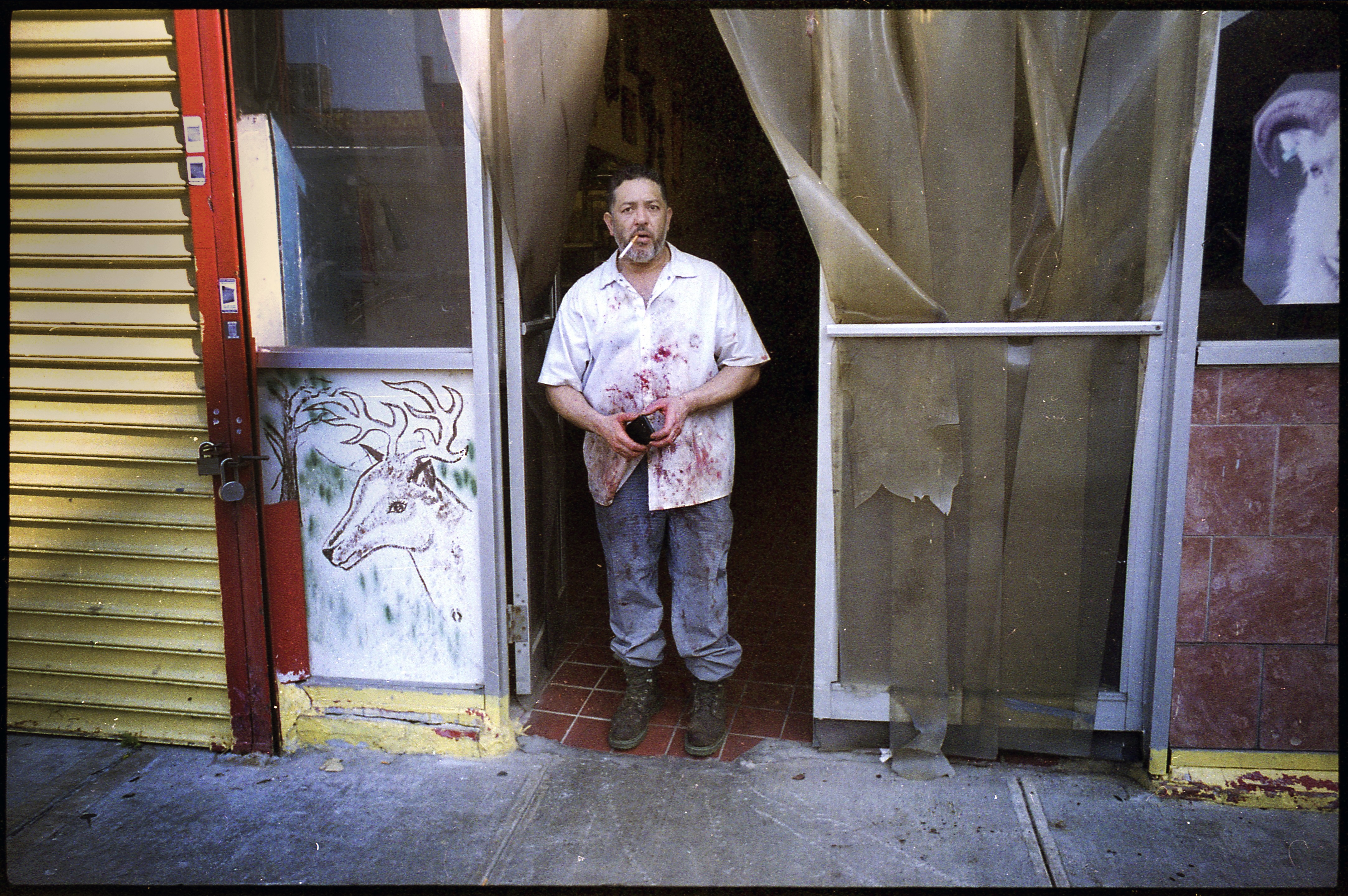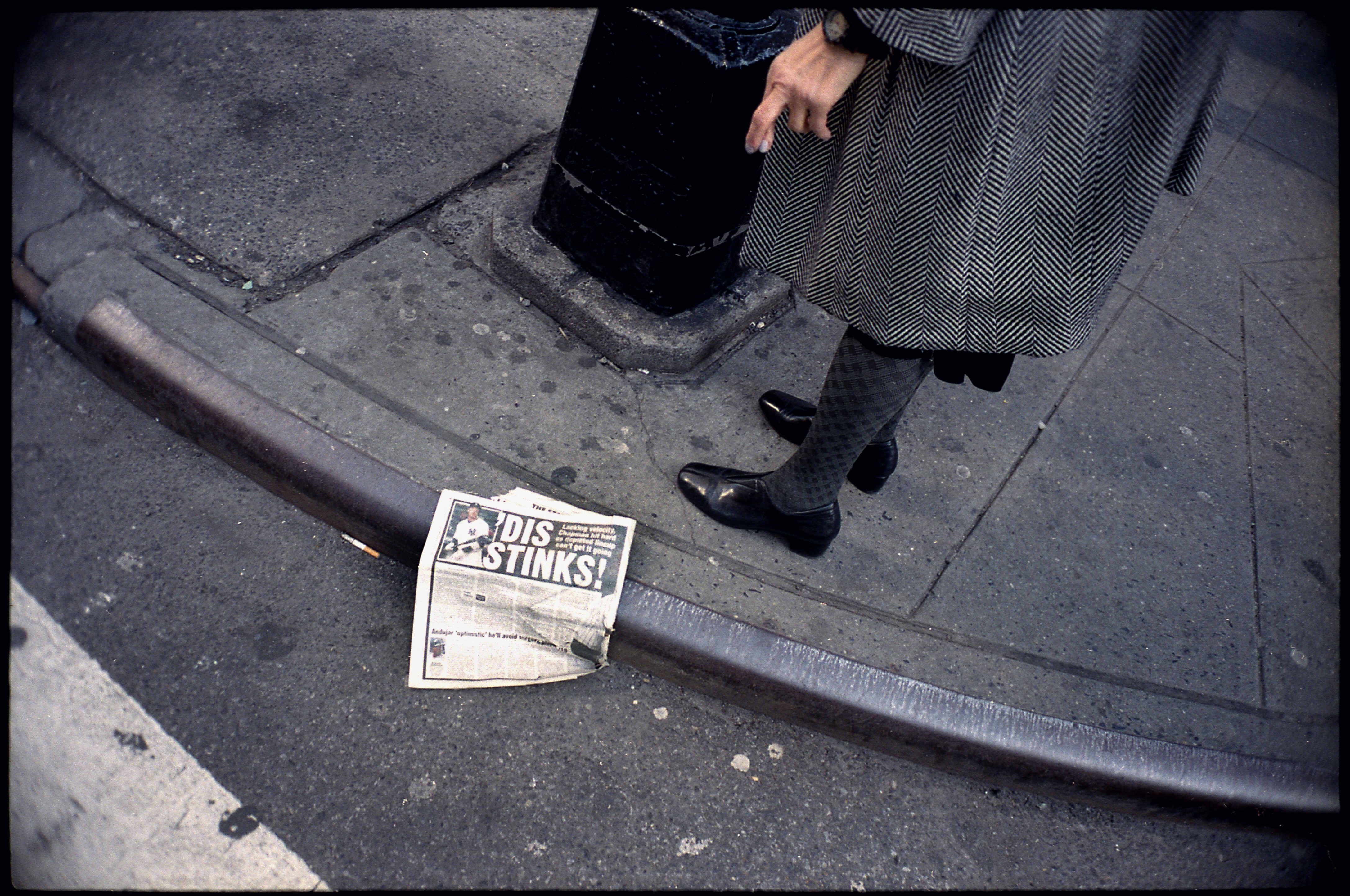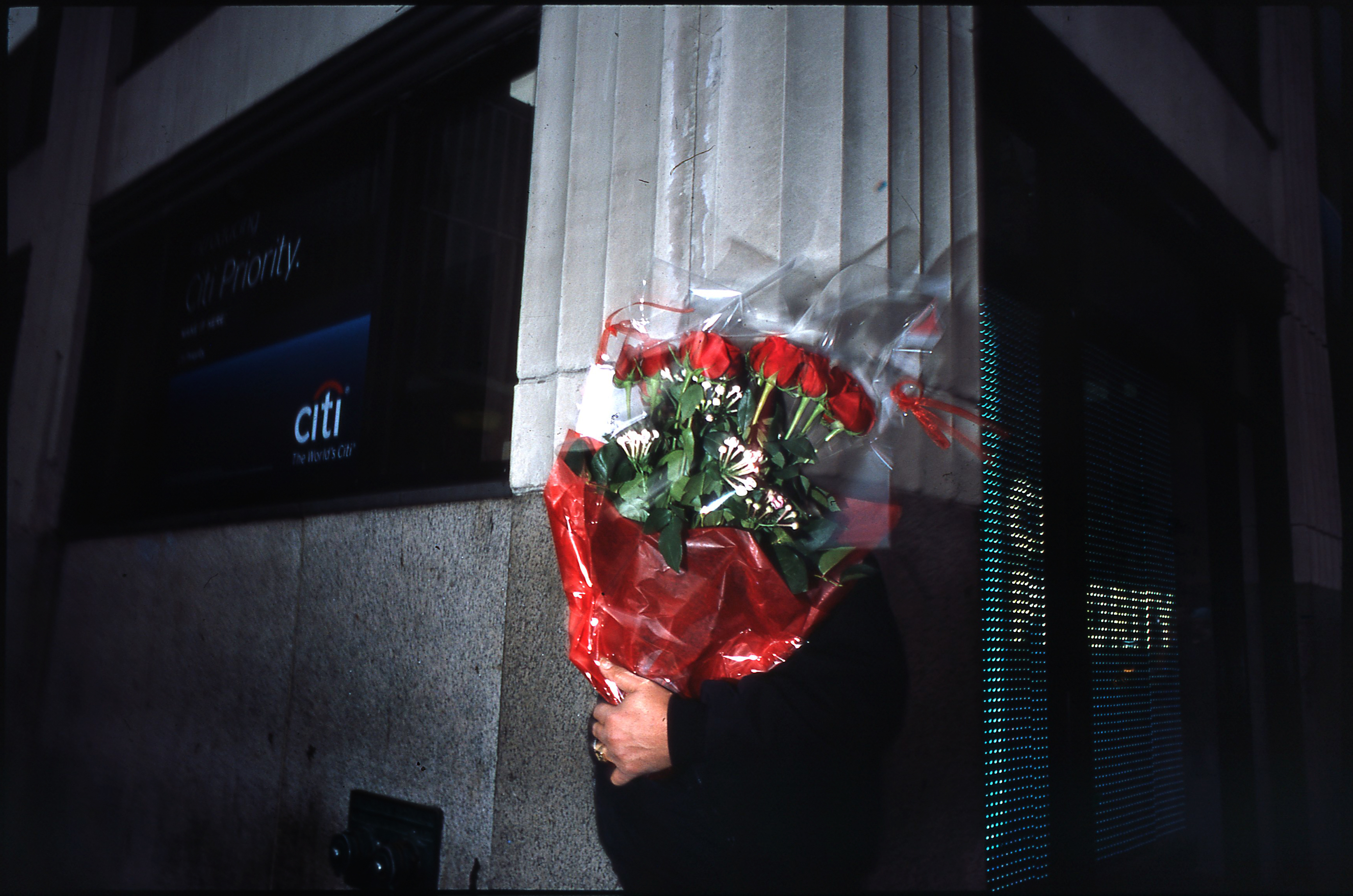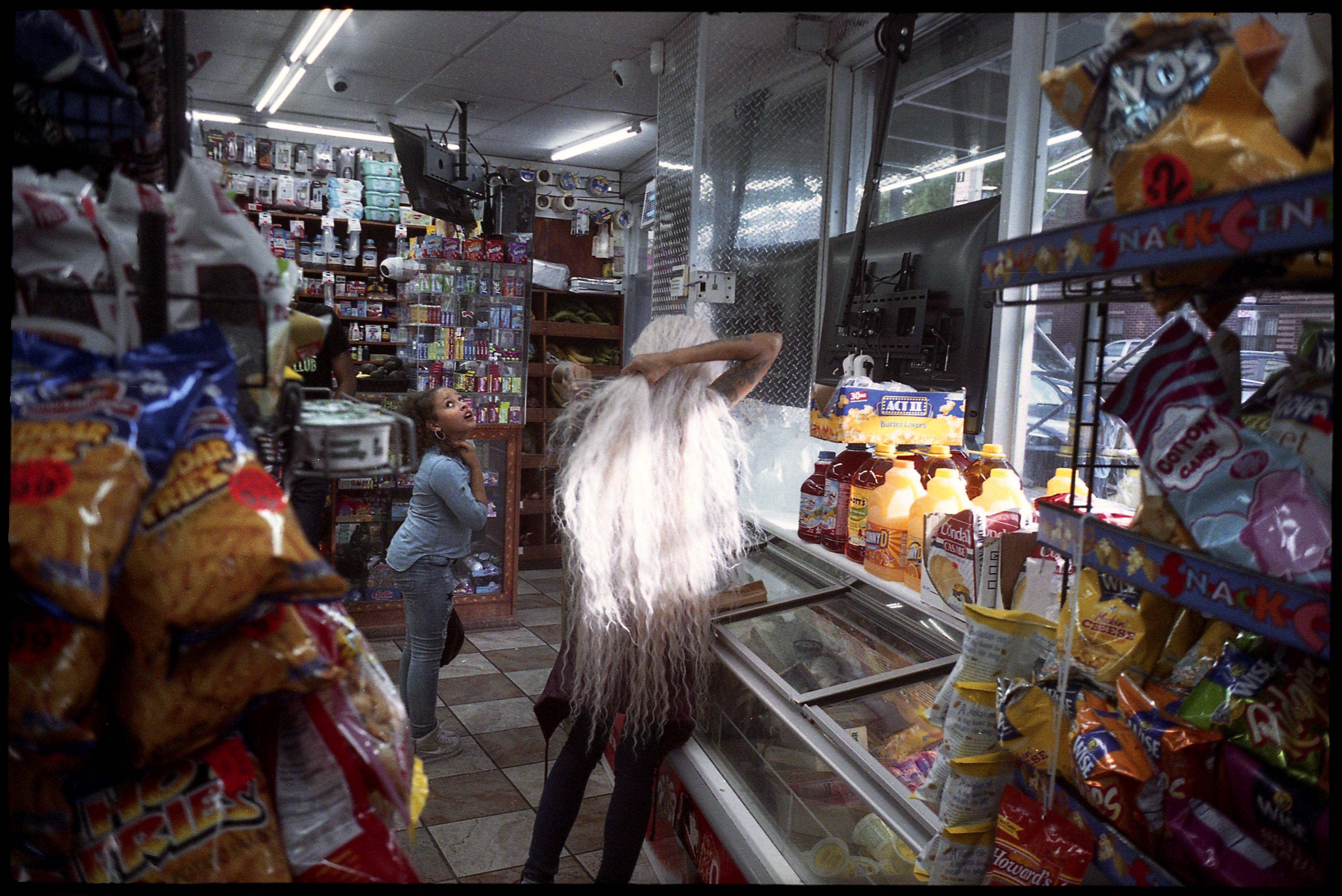Jon Walker

June 5th, 2021
Restlessness mostly. I started after I left school when I had no particular direction in mind. At first I just wanted to have a few photos on my wall. I loved music, poetry, theatre. But entering my 20s I was hungry for experience and wanted an art that “never really ended” (careful what you wish for). Something to get me out of my head. I learned on a Nikon SLR, but within six months I was using a Leica with a 28mm lens and various medium format cameras.
My uncle introduced me to William Klein and Robert Frank. That intensity, grit and glamour of the still frame immediately caught my imagination. I grew up athletic and that translated directly into photography right away. Learning how to see with authorship, sensitivity and nuance (like good poetry), took some time.
You have been shooting street photography for six years. What initially drew you to this type of photography verse another style?
I’ve been making this kind of work since 2015. I like photographing people, so moving into a public space fit more with my identity and love for poetry ( than studio work or landscapes in the traditional sense). I wanted stories more than anything to collect and bring home; but mostly to challenge myself to leave behind the comfort of keeping my distance from life.


How did the lockdown affect the way you shot? If at all?
I took about six months away from the street, which was difficult emotionally but helpful once I hit my stride again. I had also just finished my Water for Wildflowers project so my work was in a natural period of transition. I began shooting again in New Jersey around where I lived at the time and a bit in Philly. Masks took some getting used to; especially in places where people don’t normally photograph anyway. I had to learn to communicate my intentions more with body language to avoid spoiling the street by drawing too much attention. Coming back to New York in late July 2020, I began to work the problem of how to make work in these times.
You have been shooting a lot of medium format lately (verse 35mm). I feel most photographers shoot portrature with this camera but you capture a lot of nice moments of movement on the street (ie: the three boys in red in Queens, the flower in sunlight). What has inspired you to shoot more medium format lately and has this affected the way you engage with subjects on the street at all?
When I wasn’t happy with my work I knew I needed to switch things up. I’ve shot medium format on and off since the beginning, but since 2016 I felt I hadn’t done it well since I was in Baltimore. In August 2020 I began playing with different ways to frame, using flash on my wide angle Rolleiflex from 1967. Just being open to trying new things led to a kind of photography I hadn’t made before. That for me is the real goal always (to keep making different work or finding novel ways of framing something unexpected).

I noticed the color red is a very prominent motif in your work; is there something that draws you towards this color or is it just a coincidence?
I don’t know how I feel about coincidence. I do know however that I’m sensitive to color psychology especially in the headspace I operate in as a photographer. I try not to focus on any particular thing but let my eyes hold in soft focus across my whole field of vision. Red has drama and I think in common human consciousness draws our focus; roses, lips, blood, fire, elements of passion and energy. It’s a powerful color, but it’s also easy to just make a photo about “red” that doesn’t land in any meaningful way.
In a visually over-saturated world due to the internet and social media, I love how tightly edited your curation on Instagram is. What is your process like behind this in choosing what you want the world to see digitally?
I was listening to Gus Powell on a photo podcast, and he was talking about sequencing photos with the sensitivity of a musical phrase, the way a song rises and falls, has varied structure. I think beginning to respect my work more as a whole made me care about the way my photos can be felt when seen together. I share with a lot of other artists a reverence for the book as an art document, something aspirational. In a way all the poetry I have in my head I’d rather stuff into photos than put into words, and stringing the photos together into a narrative that someone else can feel.


Has anything recently changed the way you look at photography?
I try to keep this constant. The way I look at photography should always change. For a long time I felt like I had something to prove. I guess you could say what’s changed is I’m not looking at photography anymore, just looking at life. During Spring while using my Rolleiflex, I put the viewfinder down and just looked over the top of the camera because I didn’t want anything between what I saw and what I felt. I did that for about a week.
With travel being so restricted over the past year, are there any other cities or locations that you would be curious to photograph?
I’d love to road trip around the states again. I feel like it’s an important time to be doing that. I feel like I still have more work to do in New York, but I also don’t have a lot of attachments once I get moving. I’d like to go back to New Orleans and around Texas; I’m drawn to the South. Then again I love Chicago in Summer and I’ve been meaning to hit Detroit. I have family in Colorado so I often end up there when I’m traveling ( Denver area). Put me in a car with enough film to cover a month and I’d be happy going anywhere.
Click here to view more of John’s work.
